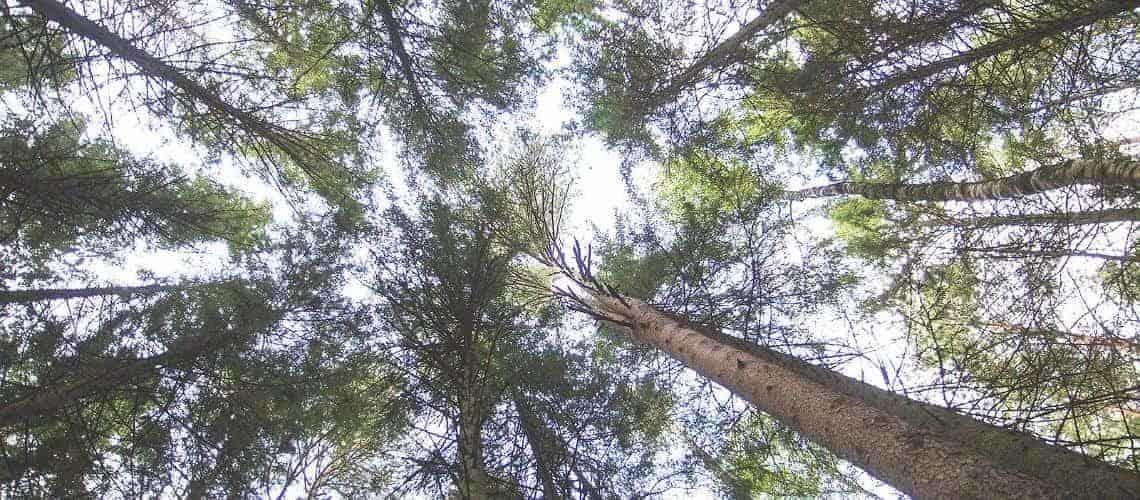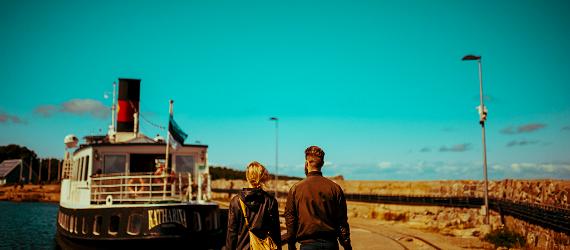Estonia is home to some of the most stunning natural and manmade wonders in Europe and the world. Get to know some of the biggest, tallest, oldest and best preserved local sights including fine examples of architecture through the ages.
Most spas per capita
The Estonian island of Saaremaa has earned the nickname "Spaaremaa" for its great number of wellness facilities. With only 14,000 residents, the island's largest town Kuressaare has the capacity for up to 1,200 spa guests which makes it one of the most spa-dense places in the world.
Most unique stadium
Few sports stadiums can say they have a world-famous tree growing in the middle of the field, but this is the case at The Orissaare Stadium near Kuressaare. During construction of the stadium, nothing could uproot the giant oak tree that stood in the way so the stadium was simply built around it. Nowadays, the oak has become a beloved "extra-player" in football matches and even named European Tree of the Year in 2015.
Tallest pine trees
The tallest pine tree in the world is in Põlva county, South Estonia. It measures 46.6 metres tall and is estimated to be 214 years old. Right beside this massive tree is the world's tallest spruce, coming in at 48.6 metres and the ripe, old age of 202 years old. Another notable tree is the country's widest oak, called Tamme-Lauri (Lauri the Oak), who is 17 metres tall and 8 metres around. Tamme-Lauri is said to have started growing in the year 1326.
Estonia's largest fortress
Hermann Castle and its fortress complex in Narva on Estonia's eastern border got its beginning in the 13th century as a stronghold to defend territory controlled by Danes. It has since changed hands many times. Hermann castle overlooks the Narva river, directly across from the Ivangorod fortress on the Russian bank.
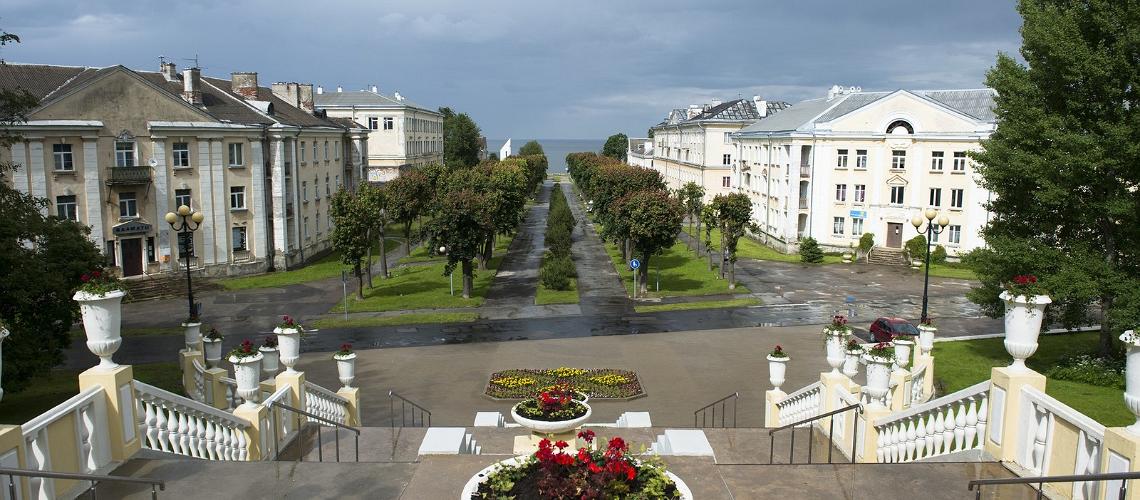
Social Classicism
The Northeastern town of Sillamäe is one of the best examples of Stalinist architecture in Estonia.
Best preserved Stalinist architecture
The town of Sillamäe on the northeastern coast of Estonia was home to a uranium production plant in the 1940's and 1950's, during which many buildings were constructed in the Stalinist architectural style. The central square, boulevard, staircase and administration buildings follow the strict symmetrical aesthetic of the period. Architecture fans can get a taste of a bygone era in Sillamäe.
Tartu's leaning art museum
The Tartu Art Museum is Estonia's most tilted building. Leaning at an angle of 5.8 degrees, the three storey stone building is even more slanted than Italy's leaning Tower of Pisa. Not all of the buildings in Tartu's centre are crooked, so what causes this dizzying effect? Half of the museum facing the bank of the Emajõgi river rests sturdily on the old city wall, while the other relies on stakes driven into the swampy foundation.
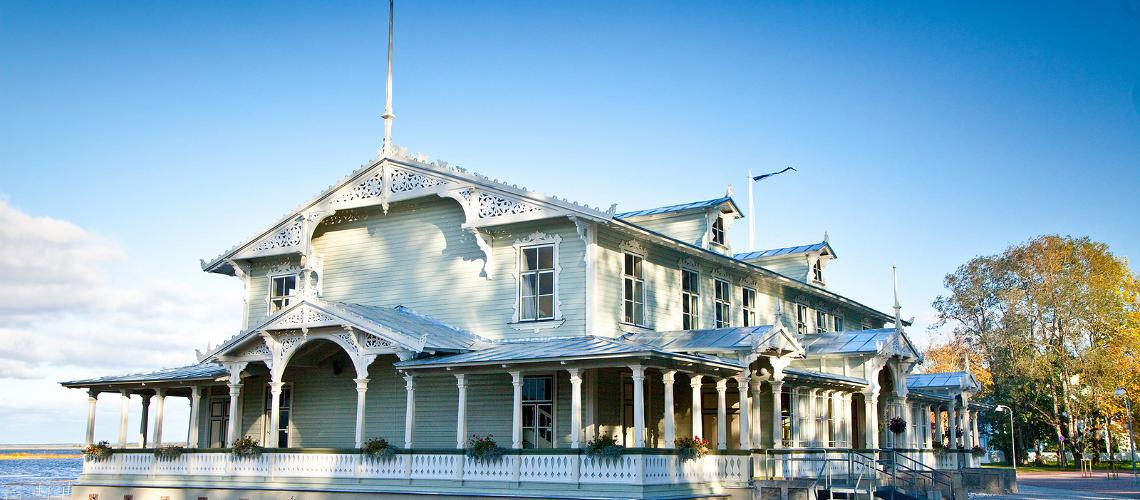
Ornate seaside resort
The Haapsalu Resort Hall is the best example of wooden lace architecture in Estonia.
Photo by: Visit Estonia
Best wooden lace architecture
One could say the 'laciest' building in Estonia is the Haapsalu Resort Hall, built in the late 1800's in the coastal town. Wooden lace architecture refers to decorative wood trim which is reminiscent of delicate lace patterns, particularly popular in Russia. The resort hall and bandstand buildings were frequented by the Russian Emperor's court and aristocracy of St. Petersburg.
Best preserved medieval castle
The Kuressaare castle on the island of Saaremaa is the best preserved in Estonia and all of the Baltic states. Its construction began in the 13th century and concluded in 1380. Today visitors can stroll its grounds and explore the island's largest museum, spanning centuries of history.
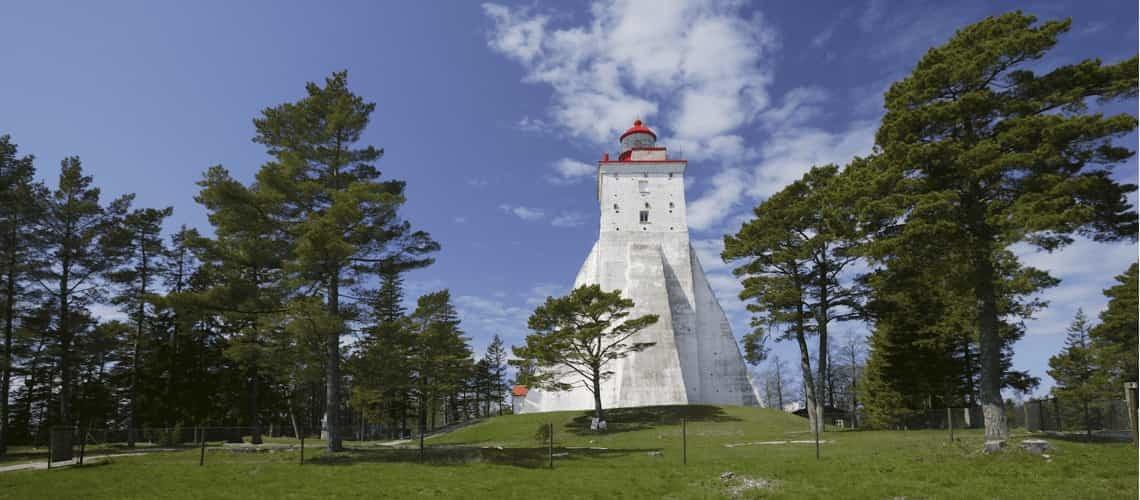
Built to last
The Kõpu lighthous on the island of Hiiumaa guided Baltic sea sailors since the 16th century.
Northern Europe's oldest lighthouse
The Kõpu lighthouse on the island of Hiiumaa is the oldest lighthouse in Northern Europe and one of the oldest in the world. A landmark was needed during the Hanseatic trading period to guide ships on the Baltic towards Tallinn, so construction of the lighthouse began in 1504 and continued throughout the 16th and 17th centuries. Kõpu lighthouse, built of six tonnes of stone, is still standing strong and offers visitors a sweeping vista of the sea from its viewing platform.
Most magical manor
The Kirna Manor in Central Estonia is said to be built upon an electro-magnetic field, emitting healing vibrations into all the living things around it, including plants and humans. Kirna manor is one of five such places in the world. The only way to know if this is true is to pay a visit yourself!















